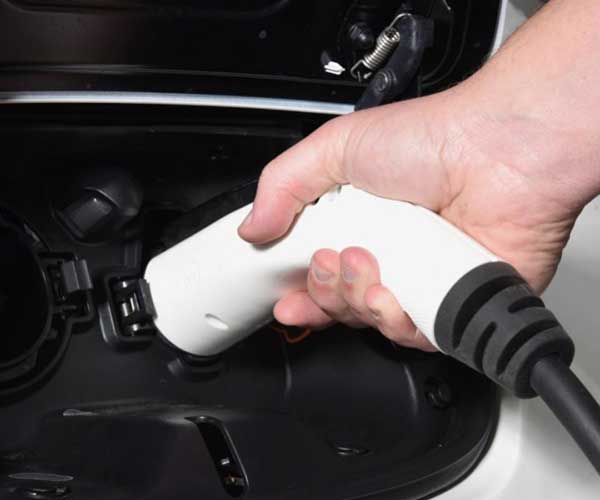New research from Idaho National Laboratory suggests that electric vehicle drivers could face longer charging times when temperatures drop. The reason: cold temperatures impact the electrochemical reactions within the cell, and onboard battery management systems limit the charging rate to avoid damage to the battery.
The new study, which looked at data from a fleet of electric vehicle (EV) taxis in New York City, was posted last week by the journal Energy Policy.
“Battery researchers have known about the degradation of charging efficiency under cold temperatures for a long time,” said Yutaka Motoaki, an EV researcher with INL’s Advanced Vehicles research group.
But most of the current knowledge comes from experiments with smaller batteries in the lab, not data from large, electric vehicle batteries in real-world conditions. Further, EV manufacturers often provide consumers with only rough estimates of charging times, and they typically do not specify the range of conditions for which those estimates apply.
“We wanted to ask the question: What is the temperature effect on that battery pack?” Motoaki said. “What is the effect of degradation of charging efficiency on vehicle performance?”
Motoaki and his colleagues analyzed data from a fleet of Nissan Leafs operated as taxis over roughly 500 Direct Current Fast Charge (DCFC) events. Temperatures for the charging events ranged from 15 to 103 degrees Fahrenheit.
The researchers found that charging times increased significantly when the weather got cold. When an EV battery was charged at 77 degrees, a DCFC charger might charge a battery to 80 percent capacity in 30 minutes. But at 32 degrees, the battery’s state of charge was 36 percent less after the same amount of time.
And, the more the temperature dropped, the longer it took to charge the battery. Under the coldest conditions, the rate of charging was roughly three times slower than at warmer temperatures.
It’s important to note that cold weather would only impact EV drivers under specific circumstances, Motoaki said. For instance, people who charge their EVs in a warm garage and use their EVs for commuting within the range of their battery might not experience much inconvenience. Decreased fuel economy in cold weather is also a well-known phenomenon with gasoline and diesel-powered vehicles.
But time spent charging in cold temperatures could make a big difference for a taxi driver since every minute spent charging a vehicle is a minute the driver is not making money.
“There’s a lot of uncertainty about what the vehicle owner’s experience would be if they drive the vehicle in Maine or Michigan,” Motoaki said.
The research poses questions not only for EV customers but also for utilities and charging infrastructure providers. For instance, the location or abundance of charging infrastructure may need to be different in colder climates, and electric utilities might see electricity use vary as the seasons’ change.













Comments